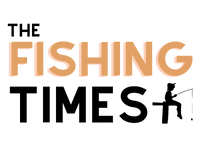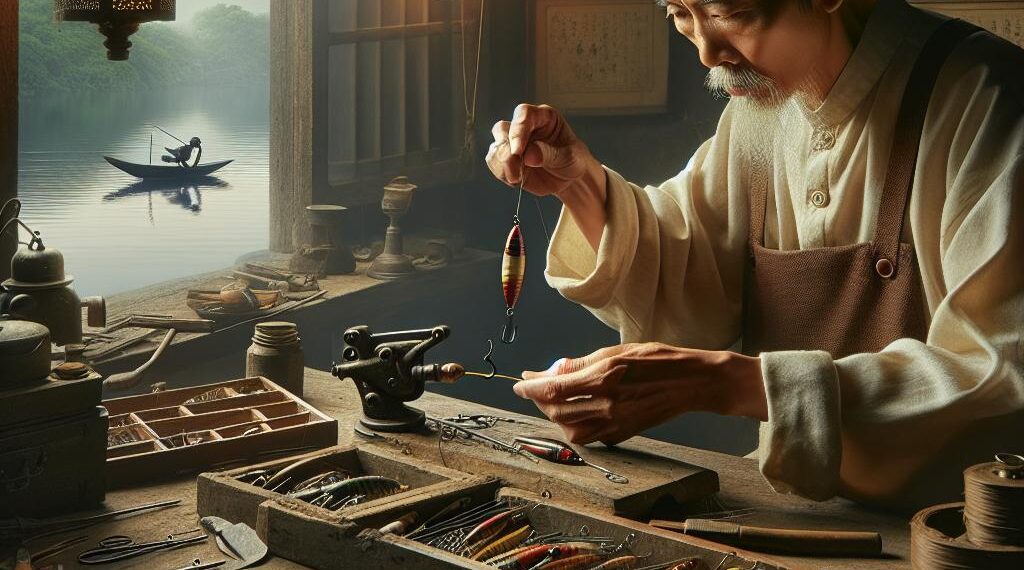Ever found yourself in the perfect fishing spot, only to realise you haven’t got the right lure for the job? It’s a frustration many anglers face, and it often leaves us wishing for a quick, creative solution. Here’s a surprising fact: creating your own fishing lures isn’t just a cost-effective approach, it’s also incredibly rewarding. For both newbies and seasoned anglers, crafting DIY lures allows you to customise your gear and adapt to any fishing environment. This guide will help you discover easy techniques, improve your skills, and show you just how fun and effective making your own lures can be.
What is ‘How to Create DIY Fishing Lures’?
Creating DIY fishing lures is a fun and rewarding process where anglers design and craft their own bait to attract fish. This practice dates back centuries when resourceful fishers used natural materials like feathers, wood, and shells. Today, DIY lures often combine creativity and practicality, allowing anglers to customise features like colour, size, and movement to suit specific fishing conditions. Knowing how to create your own lures enhances the fishing experience by giving you a deeper understanding of fish behaviour and adding a personal touch to your tackle. Plus, it’s a cost-effective way to tailor your gear to different species and environments.Benefits of Making Your Own Fishing Lures
There’s something deeply satisfying about creating your own fishing lures. It’s a hands-on activity that not only enhances your fishing experiences but also contributes to a broader fishing lifestyle. Let’s dive into some of the benefits:- Skill Enhancement: Crafting DIY fishing lures sharpens your problem-solving abilities. You’ll understand fish behavior, making it easier to select the right lure. This hands-on experience builds your angling expertise, turning you into a more intuitive, adept fisher.
- Cost Efficiency: Store-bought lures can be pricey, let’s be honest. Making your own can save money in the long run, letting you allocate funds to other fishing or outdoor pursuits. Plus, they’re unique since they’re handmade!
- Creativity Boost: Designing your own lures is like painting a masterpiece. It allows you to channel your creativity in a way that store-bought options don’t. Countless colour and material combinations await your creativity!
- Environmentally Friendly: By using natural or recycled materials in your DIY lures, you help reduce your environmental impact. This aligns with the ideals of sustainable fishing practices that aim to protect our beloved aquatic ecosystems.
- Improved Safety: You gain more control over the materials and quality of your lures, minimizing hazards like sharp edges and toxic materials found in commercial options. That’s peace of mind right there!
Craft Your Own DIY Fishing Lures with These Simple Steps
Creating your own fishing lures can be an exciting and satisfying endeavour. Here’s a simple guide in a step-by-step format to get you started: 1. Gather Materials: Collect essentials like hooks, wire, paint, and soft plastic. Plastic bottles work well as a body for lures. Ensure you have all tools like pliers and a craft knife. Missing tools can slow you down. 2. Design the Lure: Think about what you want your lure to mimic—fish, frogs, or insects. Sketch it out, ensuring the colour matches the type of prey your target fish usually snatches. Don’t skip the planning; improvisation might lead to less effective lures. 3. Assemble Components: Attach hooks to the wire, shape your body material, and put everything together. Use quality materials to prevent breakages. Common mistake—ignoring balance. Ensure the lure rests upright in water for natural movement. 4. Test and Refine: Test your lure in water before reaching the lake. Check how it behaves and adjust weights or modify designs if needed. Don’t skip testing–it’s crucial! By following these steps, you’ll be crafting effective DIY lures in no time!Essential Tools for Crafting DIY Fishing Lures
| Tool | Description | Suitable for | Price Range (£) |
|---|---|---|---|
| Hobby Knife | Precision cutting for shaping lure bodies. | Beginners to Pros | 5-20 |
| Paintbrush Set | Applying details and patterns to lures. | All Skill Levels | 5-15 |
| Airbrush Kit | For advanced painting techniques and smooth finishes. | Intermediate to Pros | 50-150 |
| Hand Drill | Creating lure body holes for hooks and wires. | Intermediate to Pros | 20-60 |
| Needle Nose Pliers | Bending and cutting wire for attachments. | All Skill Levels | 10-25 |
| Sanding Block | Smoothens and shapes lure surfaces. | Beginners to Pros | 3-10 |
| Soldering Iron | Joining materials and creating sturdy connections. | Intermediate to Pros | 15-50 |
Real-Life Insights: Creating Your Own DIY Fishing Lures
Years ago, my mate Tom, a keen angler with a flair for creative solutions, decided to dabble in making DIY fishing lures. Inspired by an article he’d read on how to create DIY fishing lures, he rummaged through his garage and found some old spoons, colourful paint, and a bit of sandpaper. With a few alterations here and there, he transformed those forgotten spoons into shiny lures, each sporting its unique pattern. Tom’s homemade creations weren’t just a sight to behold—they were incredibly effective on our next fishing trip. What did he discover? Well, for starters, making your lures connects you more deeply to the craft of fishing. It’s a rewarding feeling when a fish bites on something you’ve made with your own hands. Also, he learned that creativity knows no bounds; everyday items can sometimes work better than store-bought gear. Through this venture, Tom not only caught more fish but also deepened his love for fishing and honed his skills. After that, he was hooked on both fishing and the art of creating.Promoting Conservation Through DIY Fishing Lures
Fishing sustainably is a great way to protect our natural resources while still enjoying the sport we love. Here’s how creating your own fishing lures can be both fun and environmentally friendly:- Reduce plastic waste: By using materials like wood, feathers, or recycled metals for DIY lures, you help cut down on the use of plastic, which is not biodegradable and can harm marine life.
- Customise lure designs: Tailor your lures to target specific fish species which minimises bycatch and supports healthy fish populations.
- Avoid harmful chemicals: When painting or sealing your lures, choose non-toxic, water-based products to reduce chemical runoff into waterways.
- Recycle and reuse materials: Consider repurposing old or broken fishing gear to create new lures, this method supports a circular economy mindset.
- Educate and encourage others: Share your DIY knowledge with fellow anglers to promote sustainable practices within the fishing community.
- Respect fishing limits and seasons: Remember that sustainable fishing also means respecting size limits and fishing only in permitted seasons to allow fish populations to thrive.







